The Power of PageWide in A3 printing
HP's PageWide technology is set to revolutionise the A3 MFP market.
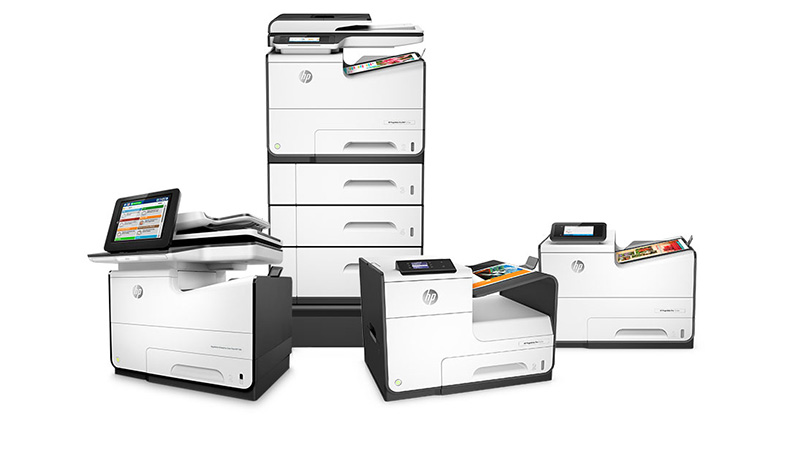
Over the last three years HP's PageWide technology has become a revolutionary force in the A4 office printer market, giving businesses a real alternative to the office laser printer with higher speeds and lower costs. Yet HP's ambitions never ended there. One of PageWide's key strengths has always been its ability to scale, as proven by its adoption for the large-format production printers in HP's PageWide XL range, and for full-sized commercial printers in the HP PageWide Web Press line. Now PageWide is ready to transform one of printing's biggest, most competitive markets the $55 billion A3 office printer market as part of HP's new sixteen-strong line-up of A3 Multifunction Printers (MFPs).
The PageWide difference
PageWide is an inkjet-based technology, but one that takes a different path from the inkjet printers you might see in smaller businesses or the home. Where they have a single, narrow printhead that has to move across the page while the paper rolls through the feed mechanism underneath, PageWide printers use an array of printheads spanning the whole width of the page. With over 40,000 nozzles depositing tiny droplets of ink across the A4 page at once, PageWide is a more efficient way to print.
Let's break that down. When only the paper moves underneath the printhead you can reach much higher speeds, allowing PageWide printers to match and even beat laser printers on performance. The technology is also more energy efficient, while running costs drop, particularly when it comes to colour. What's more, with fewer moving parts there's less to go wrong. As a result, HP's PageWide printers are amongst the most reliable in their class.
With its new line of A3 MFPs, HP set its sights on transforming the business A3 market, including not just laser printers and MFPs but copiers too. From the start, it saw PageWide as a crucial part of this vision, because the factors that make PageWide such a strong technology for A4 printing make it even stronger for A3. And as HP's PageWide MFPs feature the same advanced management and security features as their laser equivalents, you're not making any compromises when you take the PageWide route.
Performance
With a PageWide print array covering the whole width of the A3 page, the major factor limiting print speed becomes how fast you can, with consistency and accuracy, move an A3 sheet of paper through the feed. Here HP has done some impressive work with the new A3 line-up, enabling even the entry-level PageWide Pro MFP printers to reach speeds of 40ppm (or 60ppm in General Office Mode). Move up to the higher-end PageWide Pro MFO and PageWide Enterprise MFP products and you could be looking at 60ppm or 80ppm in General Office mode.
To put that into perspective, these are printers competing in the same price class as 25ppm to 45ppm laser printers. With that kind of performance you can tackle the heaviest jobs without causing a queue at the output tray, get a proposal printed ready for a last-minute meeting, or even reduce the number of printers in your office. That's a huge advantage. Combine it with high-performance scanning, and you get an MFP that could make your copier obsolete.
Affordable colour
In the A4 space, PageWide has consistently come out on top for cost per page, both in monochrome and in colour, by up to 50% per colour page. That makes colour affordable for everyday business printing, so that it's no longer reserved for client-side materials or board-level reports. If there are documents where a splash of colour can bring a point into focus or help make key data in a chart stand out, it's a no-brainer. Your teams can use colour where they need to, for legibility or impact, and you don't need to worry about busting budgets.
Security and Management
Printer security is vital. As enterprises have learnt to toughen up their networks, hackers are looking for less obvious but still useful vulnerabilities, and any device with a connection, a microprocessor, firmware, BIOS and storage is fair game. Luckily, HP has invested millions in developing security features both at the hardware and software level, protecting against intrusion over the network and attempts to meddle with the firmware or the BIOS.
The same HP JetAdvantage tools and features you'll find in the latest HP LaserJet Pro and Enterprise MFP printers can be found in the PageWide Pro and Enterprise lines. These are designed to be the world's most secure A3 printers, and the PageWide models are no less secure than their LaserJet cousins. When it comes to protecting your documents, your network and your data, rival print solutions can't compete.
It's a similar story with management features, with all the centralised management, reporting and configuration features you'd find in HP's Enterprise lasers replicated in the PageWide Pro and Enterprise lines. In effect, managing a PageWide A3 printer is no different to managing an A3 laser printer; you can still set and enforce policies, control access, track usage and monitor supplies, with enterprise-grade tools that make handling a fleet of printers much less of a burden. What's more, these printers have been designed from the ground-up to work as part of a Managed Print Services solution. You can trust your chosen partner or provider to cover your printing needs while you focus on the real business objectives that could help your organisation grow.
More uptime
PageWide is now established as a tried, trusted and reliable technology, and HP designed the new A3 models to be even more robust. With fewer components inside the printer there are only three that might realistically need replacing, while the PageWide head itself is designed to be self-cleaning and work intelligently around clogged nozzles or alignment problems. These are printers that work for years with the bare minimum of user intervention. That's good news for MPS providers and even better news for the businesses they serve.
Perhaps most importantly, these are next-generation smart printers, complete with pro-active, sensor-based systems that can report back to IT managers or MPS partners to alert them should any concerns bubble up. If a component can't perform at the right level or gets too hot, you'll find out before things go wrong, not after a breakdown. Plus, when it's easier to pinpoint the problem it's easier and faster to get a fix, even on the initial call. That means printers that stay up and running every hour, every day for longer, and that won't let you down.
Paper handling and Finishing Options
If you think that PageWide can't cover the needs of the most demanding office, you might be surprised. Even the base-level A3 models can handle 30,000 page recommended monthly duty cycles, while the higher-end models reach 50,000 pages. Feeders and stands take you up from a standard 650 sheet input tray capacity to 1,200 sheets, 1,750 sheets or even 2,650 sheets, while a Stapler-Stacker/Hole Punch unit adds enterprise-grade finishing options to the mix.
You might not know PageWide technology, but it's perfect for A3 printing, primed for enterprise and fully-prepared to cover all your office printing and copying needs. And if you've already seen what it can do for A4 office printing, well, you haven't seen anything yet.
Get the ITPro daily newsletter
Sign up today and you will receive a free copy of our Future Focus 2025 report - the leading guidance on AI, cybersecurity and other IT challenges as per 700+ senior executives
ITPro is a global business technology website providing the latest news, analysis, and business insight for IT decision-makers. Whether it's cyber security, cloud computing, IT infrastructure, or business strategy, we aim to equip leaders with the data they need to make informed IT investments.
For regular updates delivered to your inbox and social feeds, be sure to sign up to our daily newsletter and follow on us LinkedIn and Twitter.
-
 Bigger salaries, more burnout: Is the CISO role in crisis?
Bigger salaries, more burnout: Is the CISO role in crisis?In-depth CISOs are more stressed than ever before – but why is this and what can be done?
By Kate O'Flaherty Published
-
 Cheap cyber crime kits can be bought on the dark web for less than $25
Cheap cyber crime kits can be bought on the dark web for less than $25News Research from NordVPN shows phishing kits are now widely available on the dark web and via messaging apps like Telegram, and are often selling for less than $25.
By Emma Woollacott Published
-
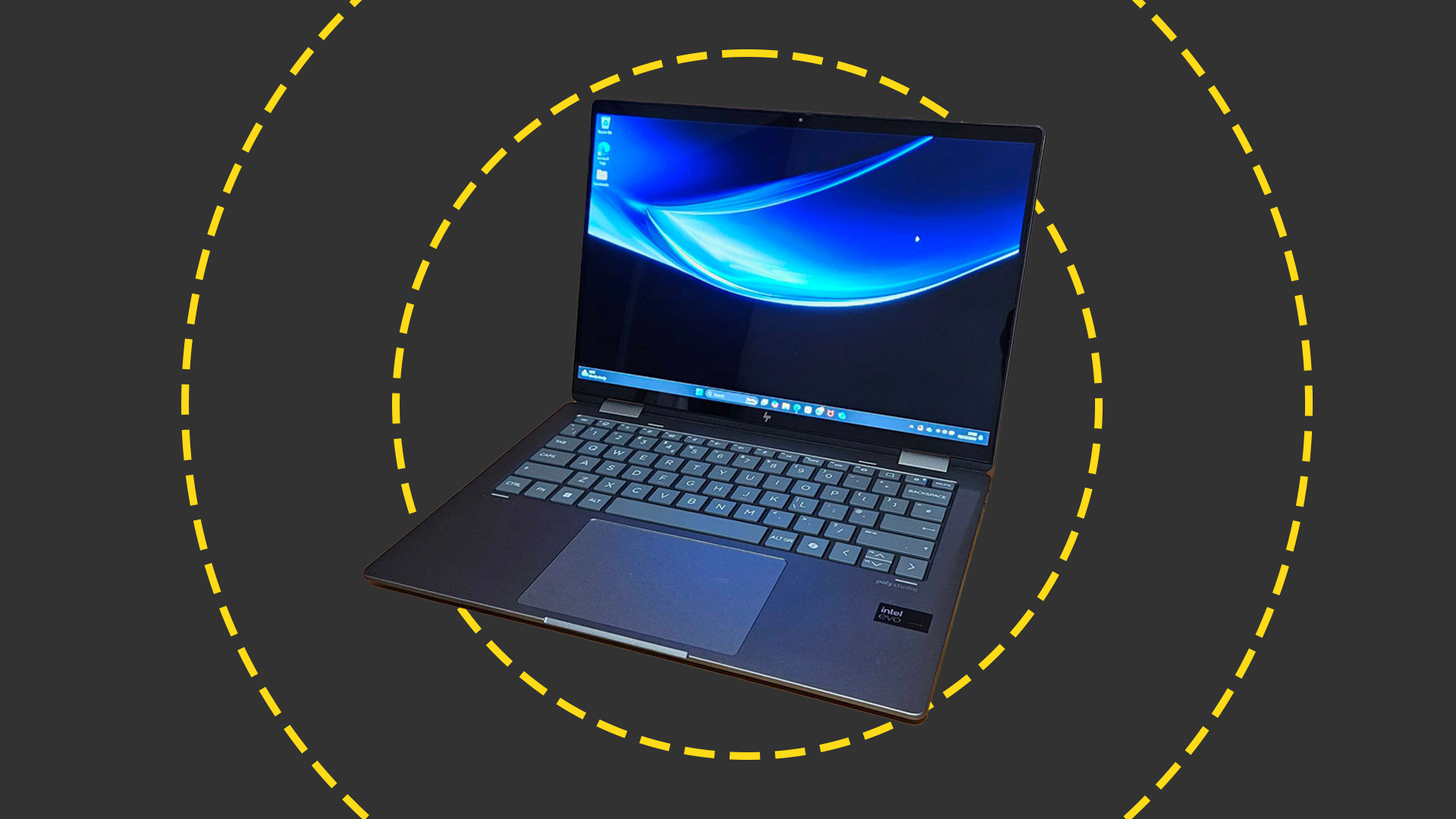 HP Envy x360 2-in-1 (14-FC0009NA) review: A cut-price AI PC for the enterprise
HP Envy x360 2-in-1 (14-FC0009NA) review: A cut-price AI PC for the enterpriseReviews The Intel-powered HP Envy x360 is a decent punt for its price point despite a few bugbears
By Keumars Afifi-Sabet Published
-
 Dell, HP post underwhelming returns as PC market remains in a state of flux
Dell, HP post underwhelming returns as PC market remains in a state of fluxNews Original equipment manufacturers (OEMs) are contending with an impending Windows 10 EOL and a burgeoning AI PC market
By George Fitzmaurice Published
-
 Help skilled workers succeed with Dell Latitude 7030 and 7230 Rugged Extreme tablets
Help skilled workers succeed with Dell Latitude 7030 and 7230 Rugged Extreme tabletswhitepaper Help skilled workers succeed with Dell Latitude 7030 and 7230 Rugged Extreme tablets
By ITPro Published
-
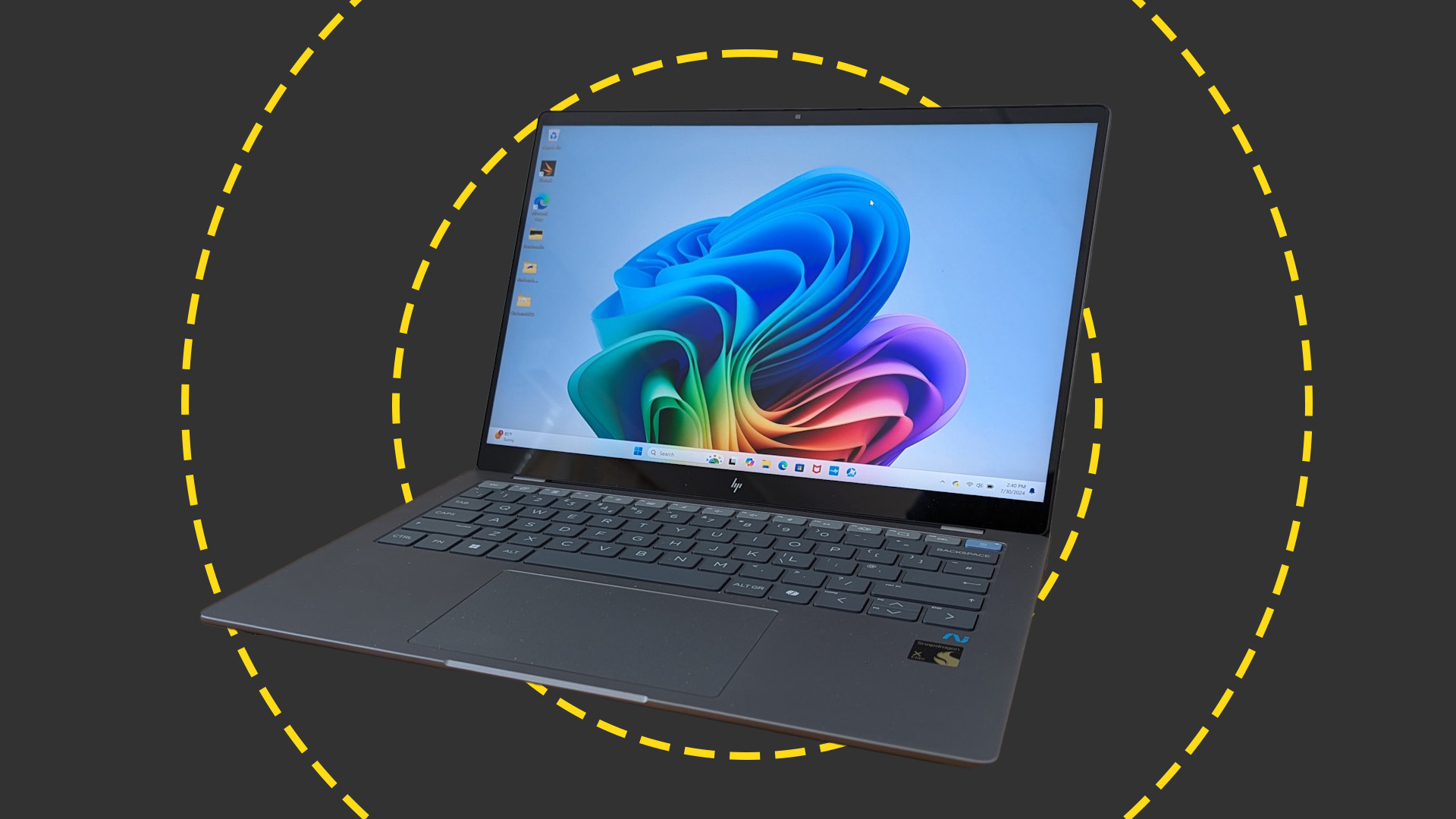
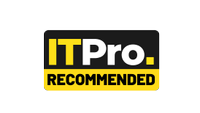 HP OmniBook X 14 review: Incredible battery life meets Copilot+ AI
HP OmniBook X 14 review: Incredible battery life meets Copilot+ AIReviews Ignore the slightly underwhelming screen and you have a brilliant thin-and-light laptop with AI capabilities and superlative battery life
By Stuart Andrews Published
-
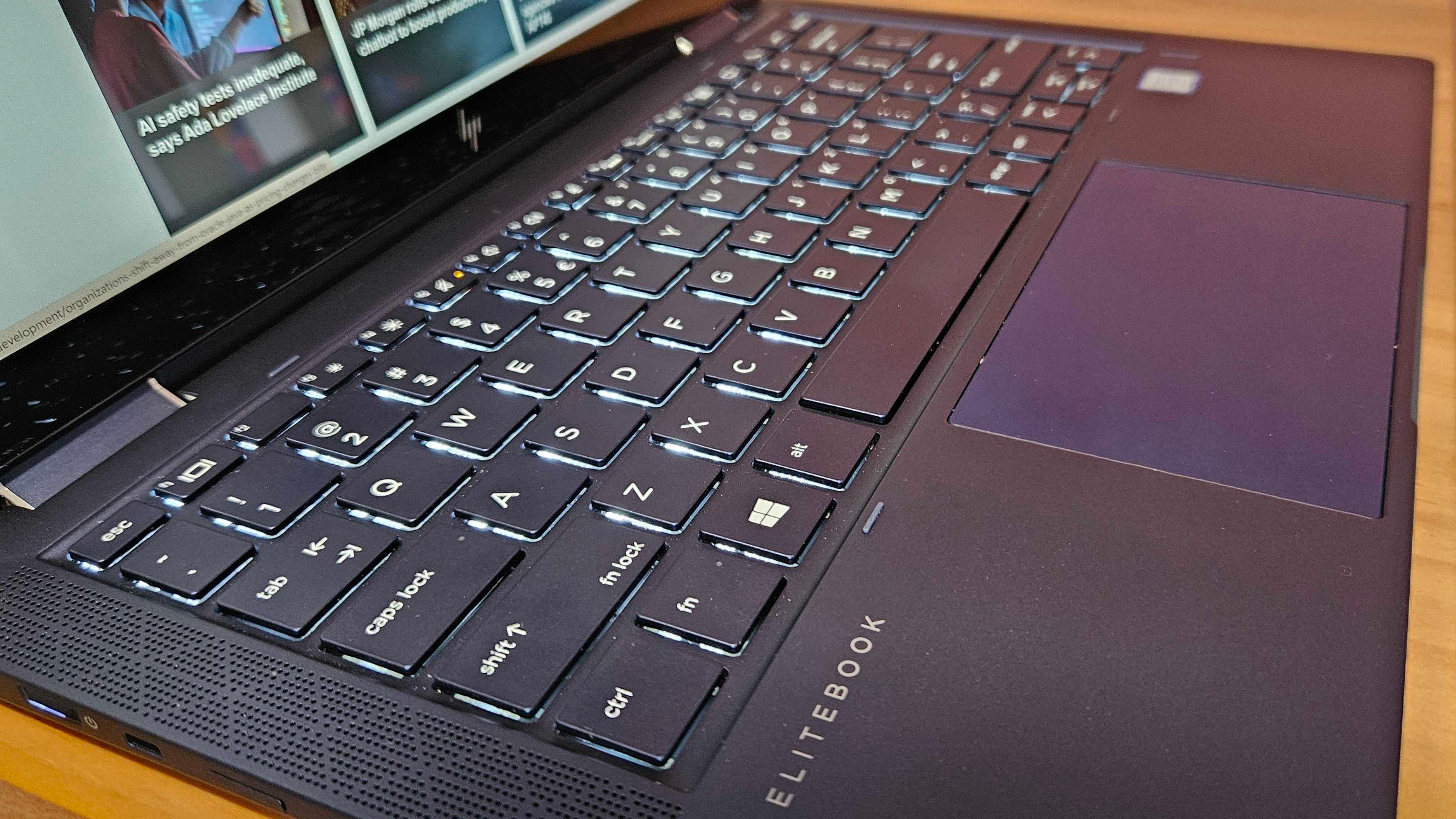 HP has scrapped its most compelling device as it aims for AI PCs — there is nothing like it left on the market
HP has scrapped its most compelling device as it aims for AI PCs — there is nothing like it left on the marketOpinion The HP Elite Dragonfly had everything you needed – a great battery, plenty of power, all the ports, and a fantastic display – until it was killed off
By Keumars Afifi-Sabet Published
-
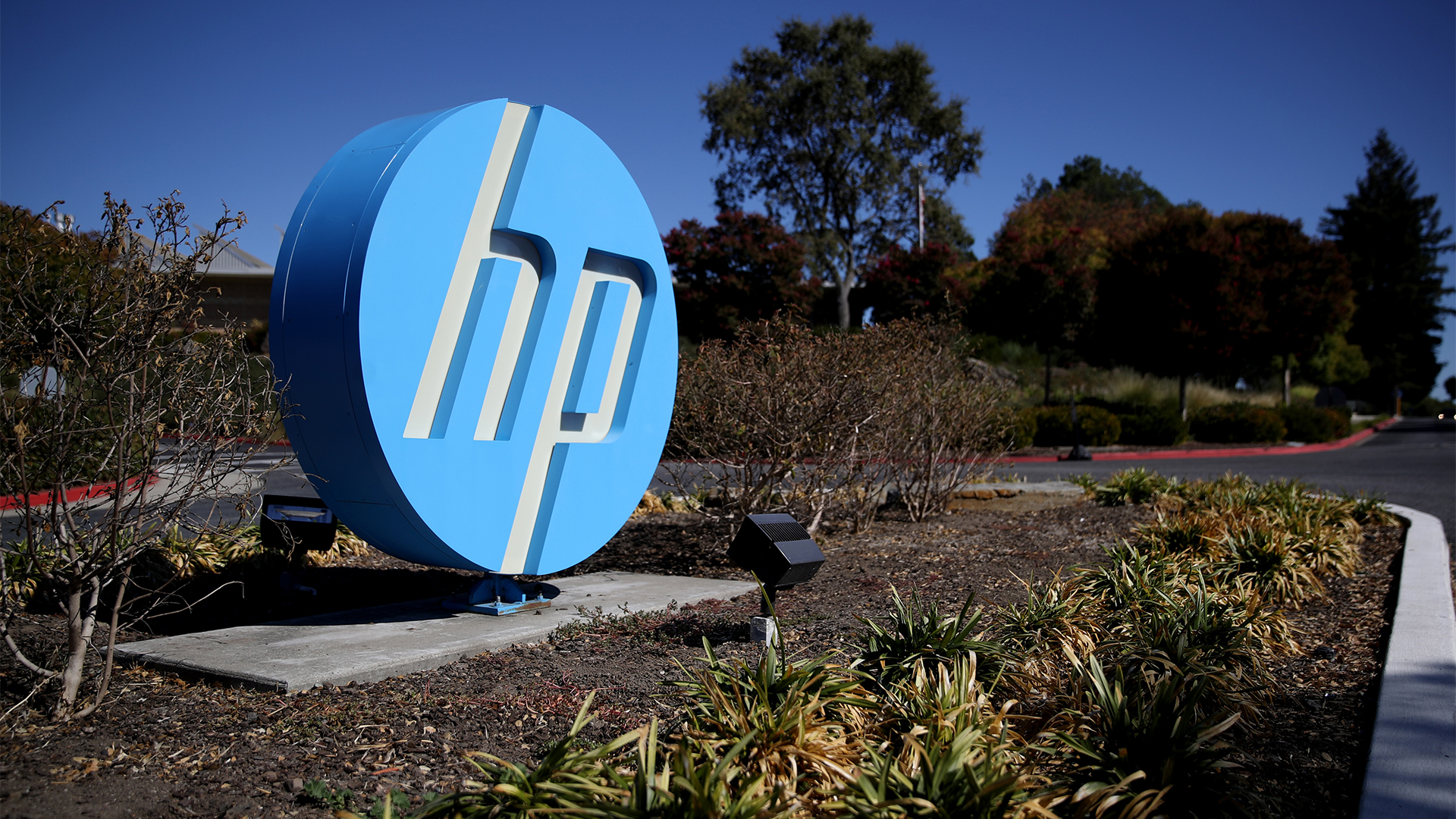 HP shows the AI PC ecosystem is starting to bear fruit — is it time for businesses to take note?
HP shows the AI PC ecosystem is starting to bear fruit — is it time for businesses to take note?Analysis The era of the AI PC may soon be upon us as software vendors start to realize the potential value of processing AI workloads locally
By Solomon Klappholz Published
-
 HP caps off its PC overhaul with the launch of the OmniBook Ultra 14 – its most powerful AI-powered laptop to date
HP caps off its PC overhaul with the launch of the OmniBook Ultra 14 – its most powerful AI-powered laptop to dateNews With the HP Dragonfly, Spectre, and Envy brands ditched in sweeping restructure of device portfolio, the OmniBook Ultra 14 marks the first major step into the era of the AI PC
By Solomon Klappholz Published
-
 HP just launched the world’s first business PCs designed to protect firmware against quantum hacking
HP just launched the world’s first business PCs designed to protect firmware against quantum hackingNews HP is worried about quantum security risks, so it’s upgrading devices to contend with future threats
By Ross Kelly Published
